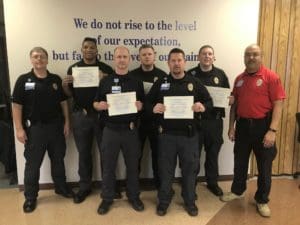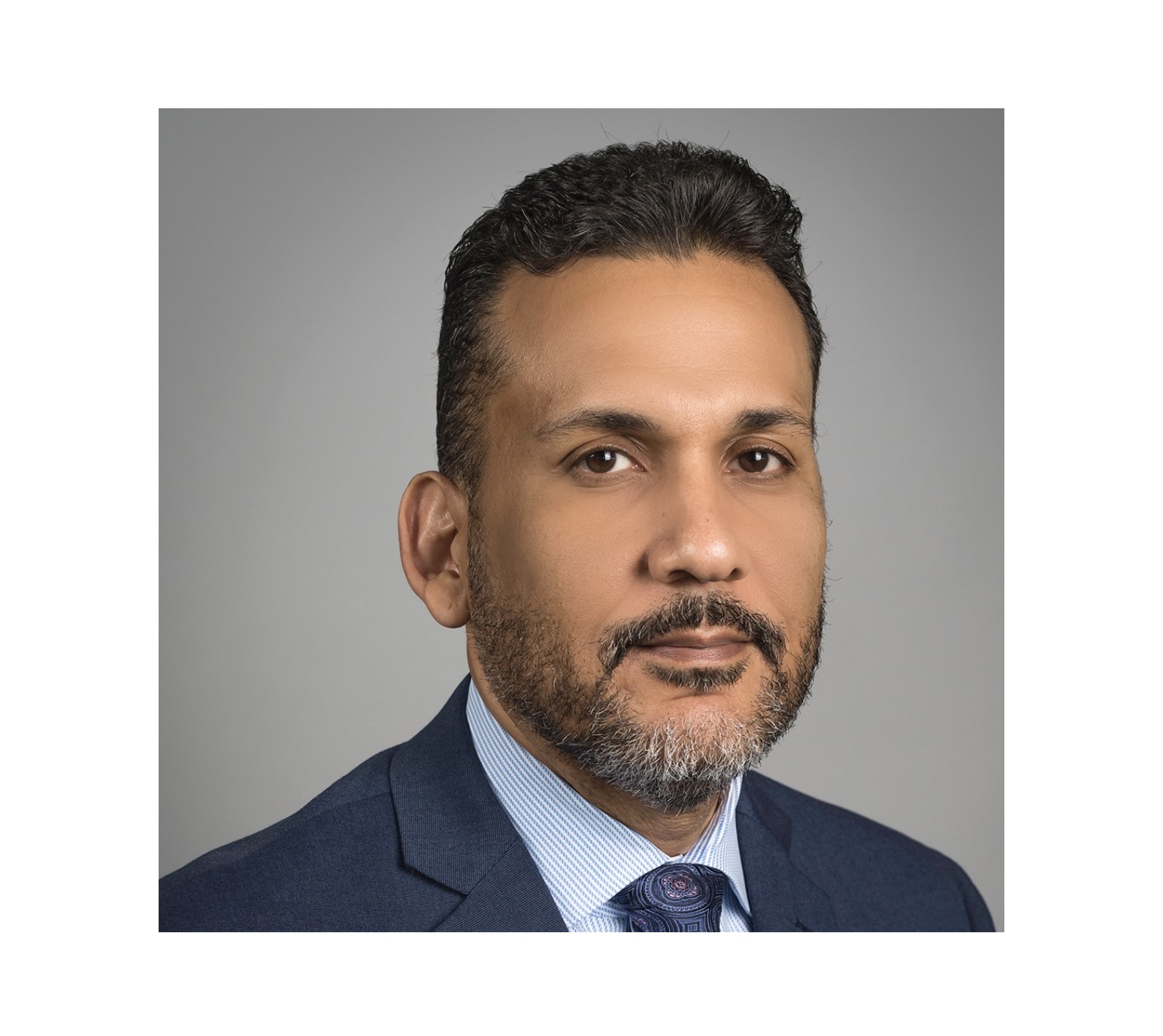To effectively manage the security department of a large healthcare system – or any large organization for that matter – it’s wise for its leader to unify his or her agency by standardizing equipment, policies and procedures; investing in rigorous and ongoing training of officers and other staff members; developing relationships with local law enforcement; and focusing on workplace violence.
That’s what Eric Sean Clay did during his tenure as CoxHealth’s chief security officer, and that’s why he was named this year’s healthcare Director of the Year.
Policies, Equipment & Reporting Structures Varied Campus to Campus
When Clay arrived at CoxHealth in 2015, the organization’s security department looked very different from what it looks like today.
“Prior to Eric’s appointment, each hospital was a separate entity with its own way of doing things,” says CoxHealth System Manager of Public Safety Douglas Schmidly.
Officer uniforms and equipment weren’t standardized, and there were varying types of reporting structures and policies and procedures across the department.
“One of the first tasks Eric set out to do was unite us as one department with standardized SOPs [Standard Operating Procedures] and expectations,” Schmidly says.
Before he could do that, Clay had to build a cohesive leadership team consisting of Office Supervisor Anna Loper, Captain Jerry McNamer and Schmidly. The goal was to ensure the changes would work and have the desired effect.
[promo_content slug=”pre-2020-doy-nomination-promo”]
“Team building is one of the most important responsibilities a leader has,” says Clay. “It isn’t something you can achieve quickly and forget. It’s an organic, ongoing process that requires the leaders to be involved. So, we spent much of our time with the officers, seeking their input in the decision-making process whenever possible and earning their trust.”
Not only did Clay and his team communicate within their department; they reached out to leadership at each of CoxHealth’s hospitals, making the executives at those locations aware of any issues as well as the security department’s accomplishments.
“Most were unaware of significant events that had occurred and appreciated being updated,” says Clay. “This led to increased support of our efforts and requests.”
The acquisition of report-writing software, which helps the security department identify trends and pull statistics, also helped Clay make his case for more resources.
“Eric was able to use this information to secure funding for additional officers (doubling the number of officers from 10 to 20 at one location), and new equipment and technology, such as visitor management software, new cameras, new VMS, TASERs, increased hours for training, body cameras and the ability to view cameras on cellular phones and tablets,” says Schmidly.
Security Department Set Out to Rebrand Itself
When Clay started with CoxHealth, he and his team found that their department needed to be rebranded. They accomplished this by striping their vehicles and creating new patches and a new logo, which demonstrates the important role the security department plays within the organization.
Clay also retooled the hiring process, which now includes a written test, physical abilities test, psychological screening and a full background check. Additionally, he has increased the number of female and minority officers in the department.
Based on the success of his department’s hiring plan, Clay was asked to create a background investigations unit for all of CoxHealth, including its nursing college. This saves CoxHealth more than $500,000 per year. It has also shortened the turnaround time of background investigations and identifies more information that was missed by the previous system.
Clay Boosts Training Requirements, Develops Curriculum
Another significant change that Clay and his team implemented was the upgrade of the department’s training requirements for officers.
“Missouri does not mandate training or licensing for security officers, so we took it upon ourselves to develop a curriculum that we believed met the needs of the officers and the organization,” says Clay. “It’s currently five weeks long and includes certifications from TASER, ASP, Phoenix VIP and IAHSS. Law enforcement and security officers must successfully pass all aspects of the course to be a CoxHealth officer. The wall of the main training space reads, ‘Our High Standards Start Here.’ This is not merely a motto. Candidates have and do fail our trainings. They are given remedial training and allowed to try again. However, if they are not successful, they are cut from the program.”
The training center offers 150 Missouri POST-certified classes that cover a wide variety of topics, including verbal de-escalation, report writing, firearms (the minimum passing score is 90%), emergency vehicle operation, customer service, cultural diversity, ethics, the use of NARCAN and more. Additionally, CoxHealth’s security staff travel around the state to provide training.
Clay says the new training requirements have significantly increased his department’s professionalism, productivity and credibility, as well as reduced officer turnover, improved morale and helped his department attract better caliber recruits.
The training is also open to other first responders and hospitals in the area, which has helped the department build good working relationships with local agencies.
Additionally, Clay has developed mutual aid channels with other first responder departments and donated surplus equipment to them, which has further fostered those partnerships.
Partnership with Local Prosecutor Helps Address Workplace Violence
Clay’s department also now works with the local prosecutor’s office to address assaults on hospital employees.

New officers graduating from CoxHealth’s four-week training academy.
“We began by making an effort to truly understand the scope of the problem,” he says. “Once we understood the problem, we were able to communicate it to the police departments that were responding to our hospitals and the prosecuting attorneys for those jurisdictions. We explained the toll these situations were having on our staff and how, nationwide, workplace violence was resulting in a nursing shortage. We explained what that meant for our community and asked that they work with us to ensure that, when appropriate, offenders be prosecuted. We were fortunate to have prosecutors who really understand the problem and worked with us.”
Clay and his team also reached out to clinicians on ways they can prevent and respond to workplace violence.
“Some of the things we did that seemed to help included educating our caregivers that workplace violence is not a part of the job and encouraging them to prosecute when appropriate,” he says. “Our CEO Steve Edwards was very supportive of this as well. We mandated that all workplace violence be reported to security, which gave us a better, more accurate understanding of the problem. We also volunteered to accompany our caregivers to any court appearance, and they were paid for their time while doing so.”
Clay Embraces Department ‘Cheerleader’ Role
Schmidly says that despite all of the department’s successes, Clay prefers to stay behind the scenes and give credit to the officers.
“He often says that his job is to serve as a ‘cheerleader’ and ensure the hospitals’ senior leadership know about the good work they are doing,” Schmidly says. “Everything he does seems geared towards shining a positive light on the department, our officers and the health system.”













